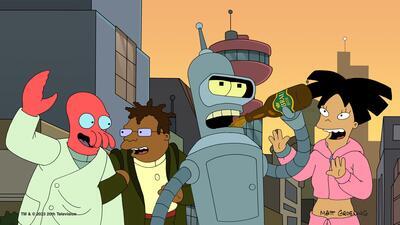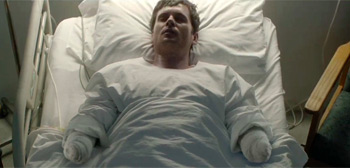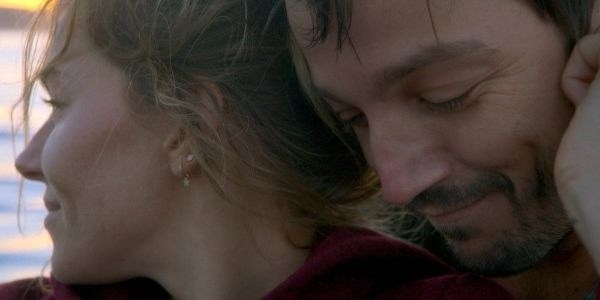How They Shot ‘Russian Ark’ in One Take With No Hidden Cuts
Welcome to How’d They Do That?, a bi-monthly column that unpacks moments of movie magic and celebrates the technical wizards who pulled them off. This entry looks into the feature-length continuous shot in Russian Ark.
In more ways than one, Russian Ark is a singular film. Created under uniquely restrictive circumstances and committing to a daunting cinematic language, I doubt we’ll ever see anything quite like it again.
As the film begins, we assume the hovering perspective of an unnamed Russian man (voiced by director Alexander Sokurov). He finds himself in the frigid courtyard of the Hermitage, one of the most famous museums in the world, once the seat of Russian imperial power. Unseen and unheard, he drifts between celebrant nobles who dust the snow off their collars and make their way towards the Winter Palace, where they will partake in what will prove to be the last extravagant ball in the history of the Russian Empire.
Surmising that this must be the afterlife, our narrator soon meets the man who will become his (and our) companion: a slinking French Marquis from the Romantic era (played by experienced theatre actor Sergey Dreyden). Together, the pair will wander the grounds of the Hermitage for the next eighty-seven minutes, passing in, out, and between three centuries of Russian history.
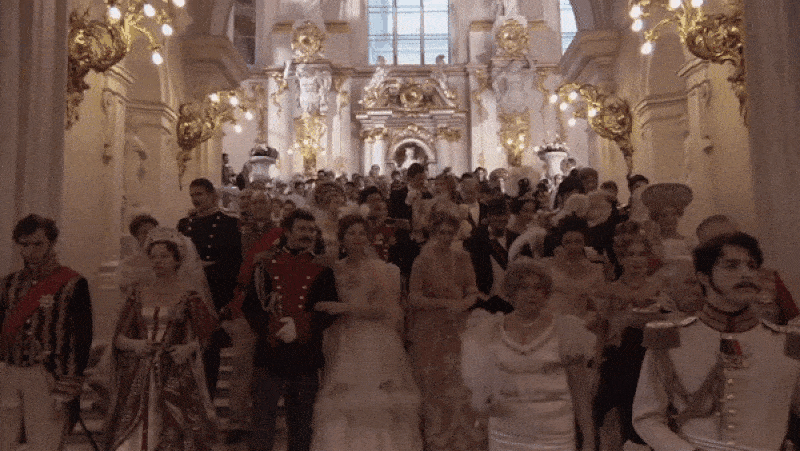
In their journey, time moves freely through the rooms and the camera moves with it. After a while, it almost seems natural that time should flow like this. That czars, foreign emissaries, and museum curators should occupy the same space. That, in this place of all places, Russian history would unfold before our eyes like a waking dream.
Rather famously, the entirety of Russian Ark takes place in a single, uninterrupted shot. Indeed, it takes as long to watch the film as it did to shoot it. Unfortunately, the audacity of this approach tends to overshadow Russian Ark‘s artistic merits. And look, I get it. Russsian history isn’t everybody’s thing. Slow burns with no cuts aren’t everybody’s thing. But I think it is bad form to celebrate the film’s technical achievement in isolation of its artistry.
So, to be clear: Russian Ark‘s feature-length take is no gimmick. You simply could not tell this story any other way. And this is what makes Russian Ark so remarkable: not that its story justifies its format or vice versa, but that together, the result is mesmerizing.
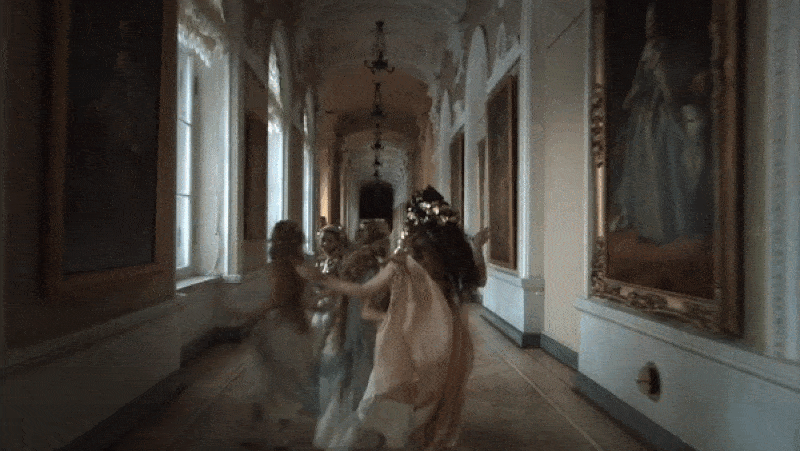
So this was Sokurov’s task: to make a film, of this scale, without cuts. And to do so in one of the most prestigious museums in the world, he would only have one day to shoot it. There was absolutely no room for error. The fact that they succeeded is nothing short of a miracle.
How’d they do that?
Long story short:
A lot of planning, luck, and core strength.
Long story long:
In the aptly named making-of documentary In One Breath, producer Jens Meurer describes how, upon hearing Sokurov’s initial pitch, the consensus was that a film shot in one day on video that required no editing was “going to be easy.” In the end, the film took four years to develop. And during that time the project mutated from a small documentary to a full-blown narrative feature.
A film comprised of a single, continuous take had always been a dream for Sokurov. A new digital recording process made the dream possible. The film was recorded with a custom-designed high definition Sony video camera nicknamed the “Director’s Friend,” which recorded uncompressed images to a hard disk that could hold 100 minutes of footage.
The shoot took place on December 23, 2001, the shortest day of the year. Ahead of time, there had been, per an IndieWire interview with Büttner, no complete dress rehearsal. Because the Hermitage would only stay closed to allow for one day of filming. Their job was to add the fixtures necessary to tell the story and to remove or hide anything that could distract. Likewise, items from the museum’s collection (like Catherine the Great’s dinnerware) were pulled and staged, to be seen but never touched during the shoot, per museum rules. A small army of electricians arranged supplementary lighting according to a detailed system pre-arranged by the film’s cinematographer Tilman Büttner, a man widely regarded as one of the best Steadicam operators in Europe.
For some spatial context: comprised of five palaces totaling 700,000 square feet, the Hermitage is the second-largest art museum in the world after the Louvre. And even though the film only takes place in a small fraction of the Hermitage’s 365 rooms, the path the camera takes is nearly a mile (1.6 km) long.
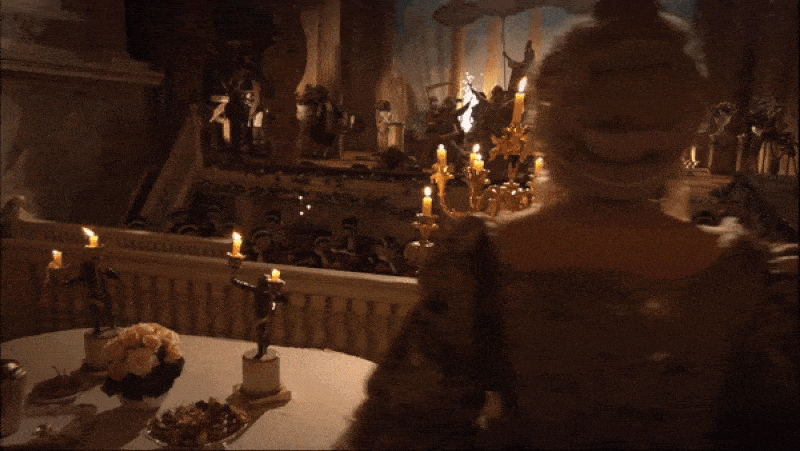
During this pre-shoot prep period, nearly two thousand actors and three orchestras arrived at the Hermitage. Büttner attempted (and failed) to eat what he jokingly refers to as his “final meal.” After napping eluded him, he headed over to the Hermitage to assist with the lighting prep.
Shooting began at 12:30 pm with four hours of precious natural light remaining. After three false starts, at 2:00 pm, things finally kicked off in earnest.”Because we had to stop filming three times…some of the batteries were used up,” Büttner explains. “We had to get it in the can the fourth time, no matter what happened.”
To ensure everything ran smoothly during the shoot, twenty-two assistant directors dotted the edifice like a relay race team. In the interest of not overwhelming the already crowded ten-person camera team (including Büttner, Sokurov, the focus pullers, and translators), an “advance team” led the charge to make sure everyone was ready. A separate sweep team followed to “make sure everyone had survived.”
A great example of the importance of these separate teams is the moment in the film where the Marquis and our narrator backtrack towards a familiar corridor to find a different period of history has materialized behind them. This moment required the team to re-build the set while the Steadicam’s “back” was turned. Another remarkable instance is when the camera follows the aging Catherine The Great across a frigid -11 °F (-24 °C) courtyard and re-enters the warmth of the palace without the lens fogging up. Camera tests in the fridge only provided so much solace. Ultimately Sokurov lit a candle in a church and hoped for the best.
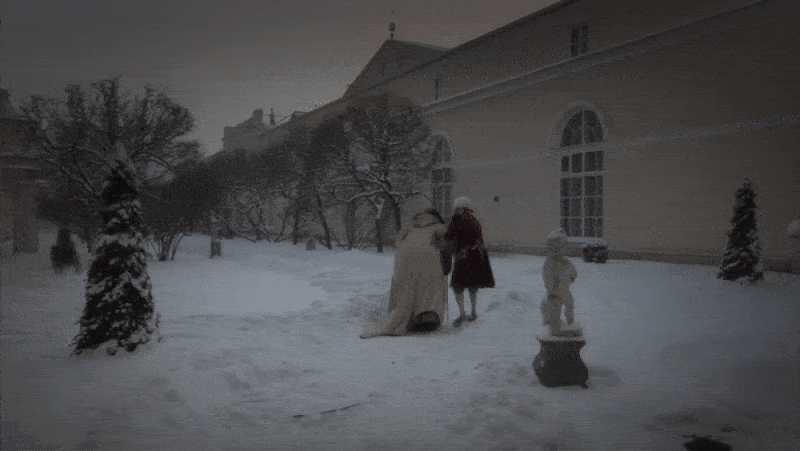
Russian Ark functions because it is one of the most impressive displays of project management in the history of cinema. But all of that group effort was ultimately the responsibility of one man: Büttner.
The weight of the film was riding on the backs of every crewmember. But it was quite literally riding on Büttner’s. “It was only because of all this special equipment, which was specially made for the film, that we were able to pull the whole thing off technically,” he explains. Of great importance were the batteries which weighed approximately seventy-seven pounds (thirty-five kilograms) total. Which is, I should stress, very heavy.
Büttner had to carry and operate a camera rig roughly the weight of two four-year-olds, all while remembering the intricacies of the mile-long route. “I didn’t have a diagram on the camera, nobody could tell me where we were going or what was happening. I really did commit the whole thing to memory.” Keep in mind, Büttner had never seen any of the prior rehearsals. “I had to be flexible, but the film was not supposed to show any kind of distraction.”
Büttner was more than experienced, having operated Steadicams since 1988, but by the time he reached the climactic imperial ball scene, he was exhausted. “I had pains around my groin,” he recalls. “And I thought before I cause myself serious problems which could result in my never being able to work again, I’m going to put the Steadicam down, and say, ‘I can’t do it.’” Thankfully, Büttner experienced a burst of adrenaline after seeing all the actors in their costumes for the first time. “If it hadn’t been for that, I would’ve stopped filming.”
In all, I think producer Meurer sums the making of Russian Ark up best: “In hindsight, it couldn’t have worked. But it did.”
What’s the precedent?
There are two things we need to talk about. The first is Sergei Eisenstein and Grigori Aleksandrov‘s 1927 propaganda film October (Ten Days that Shook the World). And the second has to do with differentiating the “one-cut” films that are feats of editing and those that are feats of endurance.
Let’s begin with October. Like Russian Ark, October uses the Winter Palace as an imposing and meaningful stage to celebrate Russian history. The film dramatizes the precipitating event of the Russian Civil War. And much of the film reenacts the storming of the Winter Palace, the official residence of the Russian emperors, wherein much of Russian Ark takes place.
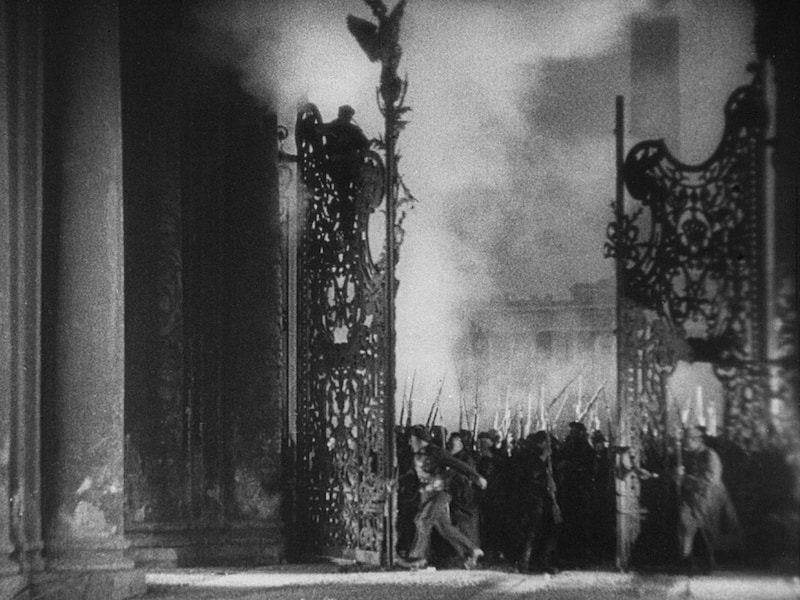
October also shares common ground with Russian Ark in terms of its scale. Reportedly, filming the assault on the Winter Palace required eleven-thousand extras. And, supposedly, the lighting needs for the shoot blacked out the rest of St. Petersburg.
And yet, Russian Ark and October adopt very different film languages to tell, ultimately, very different stories about Russian history. October employs an editing technique championed by Eisenstein himself, called “intellectual montage.” The technique relies heavily on quick, meaningful cuts between disparate subjects. The altogether new meaning created by splicing together two different shots was, for Eisnensetin, revolutionary in nature. Montage (which is just the French word for “editing”), is the most common approach to editing in narrative fiction films to this day.
If the intellectual montage we see in October represents a kind of assertive approach to celebrating Russian history, what we see in Russian Ark is far more gentle. Without any intrusive cuts, the discussion of our two interlocutors becomes less of a debate than a passing encounter between two different souls. The end result, I think, is a kind of melancholic yearning for the appreciation of a specific cultural history. A dedication not to assert dominance over history, but to let it play out on its own terms, however complicated and tragic.
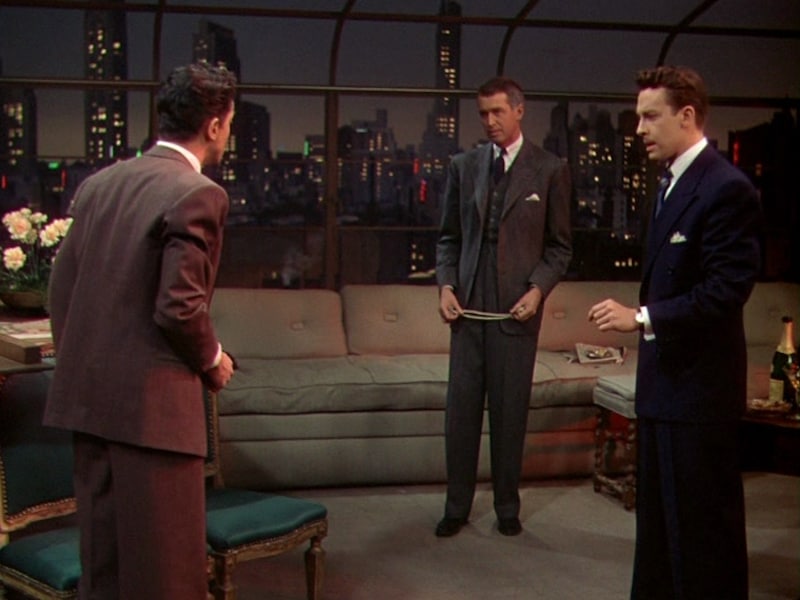
Now we must launch ourselves into the present, to put Russian Ark in context as a “one-take” film. Cinematic history is full of legendary, immersive long shots, from the eight-minute opening sequence of Robert Altman’s The Player to Brain de Palma’s nearly 13-minute tracking shot in Snake Eyes. Beyond the logistics, shooting a feature-length film in one shot was simply beyond the capabilities of celluloid.
However, there was a film before Russian Ark that gave the appearance of taking place in a single shot. Alfred Hitchcock’s 1948 thriler Rope stitches together ten different tracking shots to give the illusion of one, eighty-minute, continuous take. Cuts take place in clever pans, smuggled behind the character’s backs and pieces of furniture.
This technique would later be replicated in films like Silent House, Birdman, and 1917, which all hide their cuts with everything from black screens to push zooms, to whip pans, to wipes, to opening doors, to state of the art motion-controlled cameras.
This isn’t to say that Russian Ark is devoid of visual effects. But there’s a big difference between color grading and creating a CGI dummy of George MacKay to blend two shots together.
I think those seemingly one-shot films are impressive, but for a different reason than Russian Ark. They are feats of editing, camera-work, and unnoticed computer-generated witchcraft. But Russian Ark is different. Not better, just different. It’s an endurance test and a distinctly physical feat that conjures a very specific kind of awe in me. It’s the same kind of awe I feel when I watch a play. There is an understood degree of risk that I just don’t feel when I watch something like 1917.
Heck, I don’t even feel it when I watch Timecode, which pre-dates Russian Ark by two years. Mike Figgis’ film consists of four continuous ninety-three-minute takes that were filmed simultaneously by four separate cameras. However, because Timecode is improvised, it doesn’t quite achieve the same effect. It’s the difference between an opera and a long-form improv show. Neither is intrinsically “better,” but it doesn’t feel right to compare the two.
Ultimately, I don’t think anyone would be crazy enough to make something like Russian Ark ever again. It represents a huge risk most filmmakers can no longer justify. And it is a small miracle that it exists at all. So, for that, I’m grateful.

